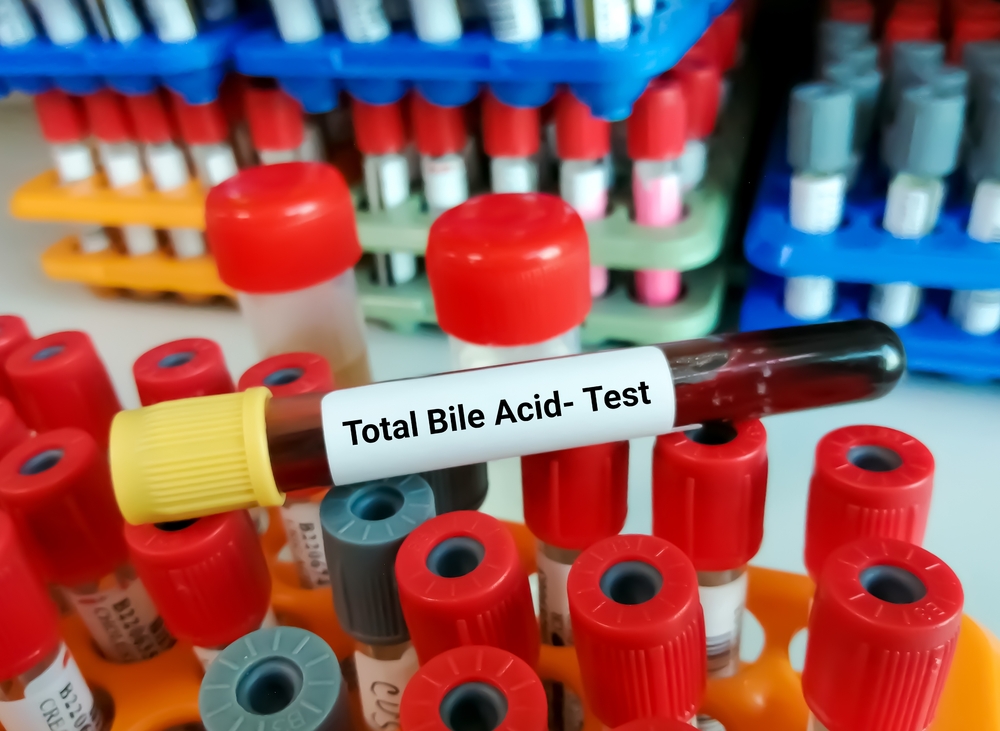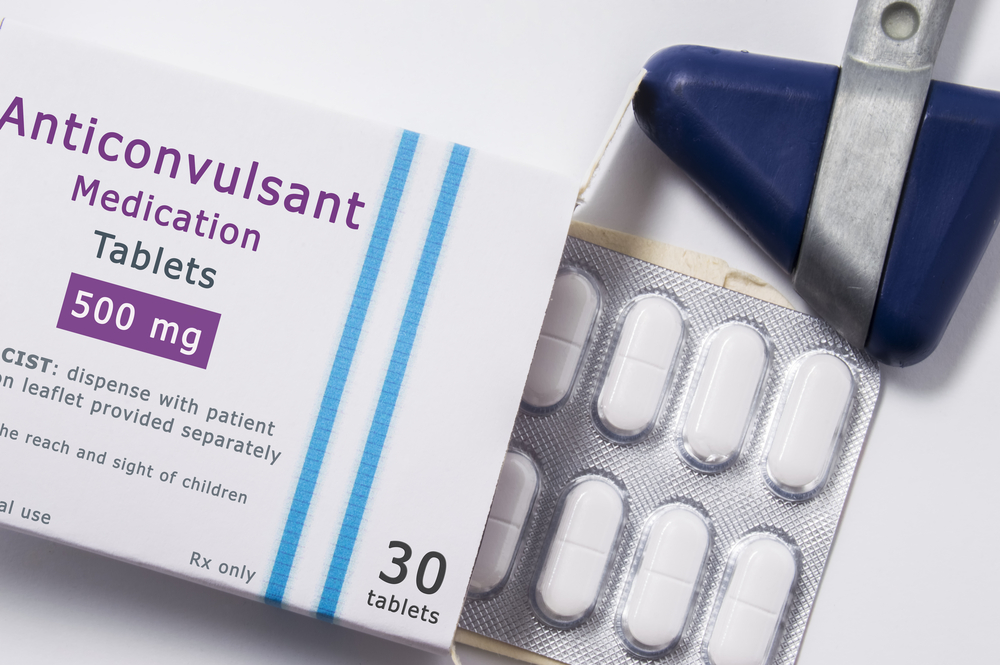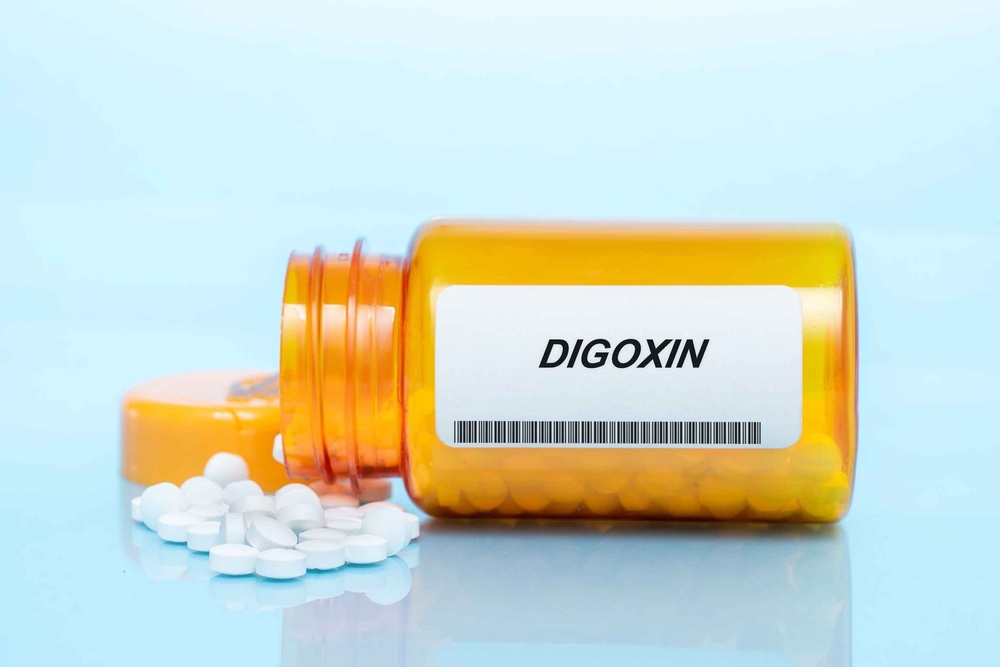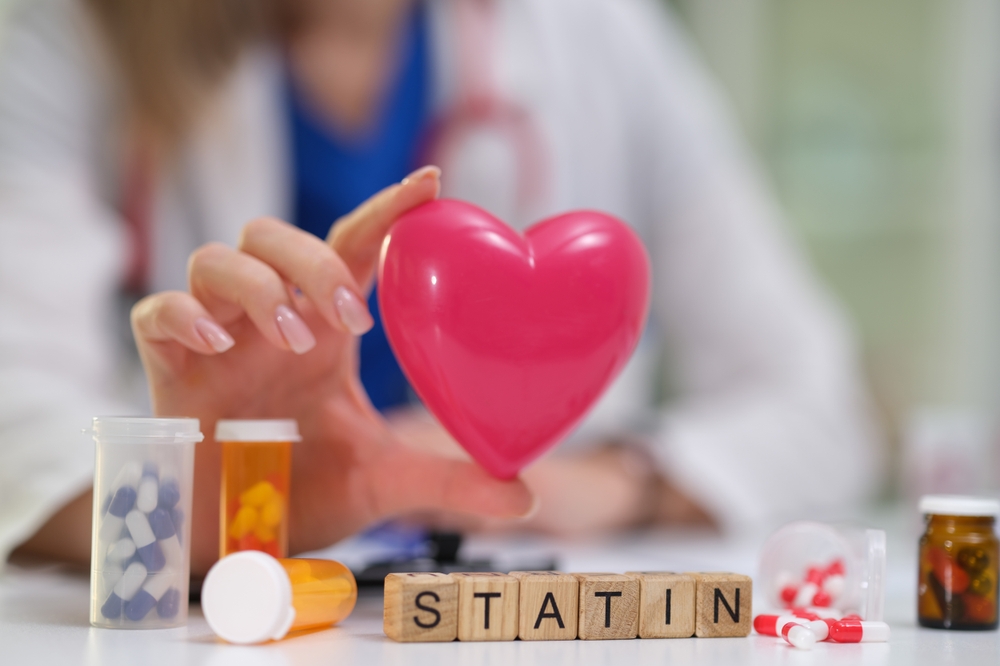Vitamin D plays a vital role in your health: it helps your body absorb calcium for strong bones, supports your immune system, and contributes to proper muscle and nerve function. As deficiencies have become more common, especially in certain populations, supplementation is often necessary.
However, like any nutrient, vitamin D doesn’t work in isolation. It can interact with certain medications in ways that may reduce its effectiveness or affect how the medication works. Understanding these interactions can help you supplement safely and effectively.
How Vitamin D Works

Vitamin D is a fat-soluble vitamin, meaning it needs fat to be absorbed properly. Once absorbed, it goes through two major conversion steps in the body:
- The liver converts vitamin D into 25-hydroxyvitamin D [25(OH)D], the storage form typically measured in blood tests.
- The kidneys convert it into 1,25-dihydroxyvitamin D [1,25(OH)₂D], the active form that helps regulate calcium and phosphate levels in the blood.
These conversions rely heavily on liver enzymes especially a group known as cytochrome P450 enzymes (or CYP enzymes). Two key enzymes in this group are:
- CYP3A4, which helps break down many drugs and vitamin D.
- CYP24A, which deactivates vitamin D when it’s no longer needed.
Some medications interfere with these processes by increasing or decreasing enzyme activity, which changes how your body absorbs, breaks down, or uses vitamin D. Here’s how eight common drugs can interact and affect your vitamin D status according to medical research.
1. Corticosteroids (e.g., prednisone)

Corticosteroids are anti-inflammatory drugs used to treat conditions like asthma, rheumatoid arthritis, and lupus. While effective, long-term use can interfere with calcium absorption and reduce the body’s ability to process vitamin D.
Corticosteroids appear to suppress the activity of enzymes involved in activating vitamin D. Over time, this may contribute to bone loss, a condition known as osteoporosis, and increase the risk of fractures.
2. Weight Loss Medications (e.g., orlistat)

Orlistat is a lipase inhibitor that prevents your body from absorbing fat from food, helping reduce calorie intake. However, because vitamin D is fat-soluble, orlistat can also reduce its absorption, leading to lower levels.
Clinical studies have shown that people taking orlistat can experience drops in 25(OH)D, especially if they aren’t getting enough vitamin D through diet or supplements.
3. Bile Acid Sequestrants

Bile acid sequestrants (e.g. cholestyramine) are medications used to lower cholesterol levels. By binding to bile acids in the intestine, these medications cause the body to excrete the acids instead of recycling them. This process helps lower cholesterol, but it also interferes with the absorption of fat-soluble substances, including vitamin D.
Your body relies on fats and bile to transport vitamin D through the digestive system, so this disruption can reduce absorption and lead to a decline in vitamin D levels.
4. Anticonvulsants (e.g., phenytoin, phenobarbital, carbamazepine)

Anticonvulsants, also called antiepileptic drugs (AEDs), are used to treat seizures and some mood disorders. These drugs often increase the activity of CYP enzymes, especially CYP3A4 and CYP24A, which break down or deactivate vitamin D.
Over time, this can lead to lower levels of 25(OH)D in the blood and may increase the risk of bone disorders like osteopenia (mild bone loss) and osteoporosis. A large review of studies found that vitamin D deficiency is common among people taking AEDs, particularly those with limited sun exposure or poor dietary intake.
5. Rifampin and Isoniazid (Antibiotics)

These widely used antibiotics, are commonly prescribed to manage tuberculosis (TB). Rifampin increases the activity of CYP3A4, leading to faster breakdown of vitamin D. Isoniazid, on the other hand, may slow the conversion of vitamin D into its active form. Together, these effects can lower vitamin D levels in people undergoing TB treatment, potentially weakening the immune response.
6. Thiazide Diuretics (e.g., hydrochlorothiazide)

Thiazide diuretics are commonly prescribed to treat high blood pressure and fluid retention. They reduce how much sodium and water the kidneys excrete, while also decreasing the loss of calcium in urine.
Vitamin D increases calcium absorption in the intestines. When combined with a thiazide diuretic, this can lead to hypercalcemia, or too much calcium in the blood. Symptoms of hypercalcemia may include fatigue, confusion, nausea, or kidney stones.
7. Digoxin

Digoxin is a heart medication used to treat heart failure and certain abnormal heart rhythms. It helps the heart pump more effectively, but it has a narrow safety window—meaning small changes in blood levels can quickly become dangerous.
Because vitamin D boosts calcium absorption, taking too much vitamin D while on digoxin can cause elevated calcium levels, which may amplify digoxin’s effects on the heart. This can increase the risk of arrhythmias, or irregular heartbeats, which can be life-threatening.
8. Statins (e.g., atorvastatin, simvastatin)

Additionally, some statins, like atorvastatin, simvastatin, and lovastatin, are broken down by the CYP3A4 enzyme, which also processes vitamin D. This overlap may lead to competition between vitamin D and the drug, potentially altering the effectiveness of one or both.
Who’s Most at Risk?

Certain people are more vulnerable to drug–vitamin D interactions:
- Older adults are more likely to take multiple medications and may have decreased kidney function.
- People with chronic kidney or liver disease, which affects how vitamin D is activated and used.
- Individuals taking several medications (polypharmacy) are at increased risk of complex drug-nutrient interactions.
Safe Supplementation Tips

To make vitamin D supplementation as safe and effective as possible:
- Consult your doctor or pharmacist before starting any new supplement, especially if you’re taking prescription medications.
- Ask for a blood test to check your Vitamin D levels levels before starting supplementation.
- Time your supplements wisely. If you’re taking medications that interfere with absorption, take your vitamin D at a different time.
- Monitor calcium levels especially if you’re on medications like thiazide diuretics or digoxin.
Final Thoughts

Vitamin D is vital to your overall health, but it doesn’t operate in a vacuum. A wide range of commonly used medications can influence how your body absorbs, activates, or clears vitamin D. Some interactions may be mild, while others could require careful monitoring or adjustments to your treatment plan.
With the right guidance from your healthcare team, you can continue to take vitamin D safely and get the most benefit from both your supplements and your medications.
Always talk with your doctor before starting or changing your supplement routine. Awareness is the first step to staying safe and healthy.
Disclaimer: This information is not intended to be a substitute for professional medical advice, diagnosis or treatment and is for information only. Always seek the advice of your physician or another qualified health provider with any questions about your medical condition and/or current medication. Do not disregard professional medical advice or delay seeking advice or treatment because of something you have read here.
Read More: 10 Drugs That Don’t Mix Well With Magnesium
